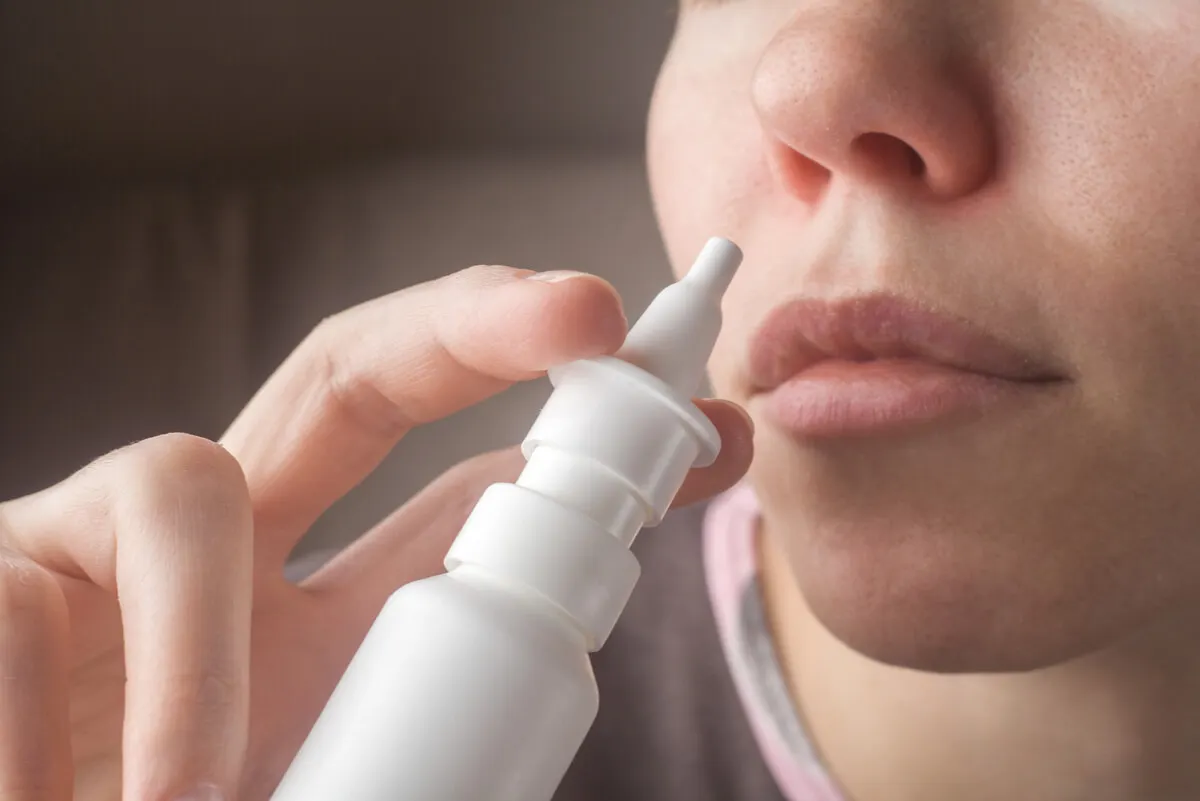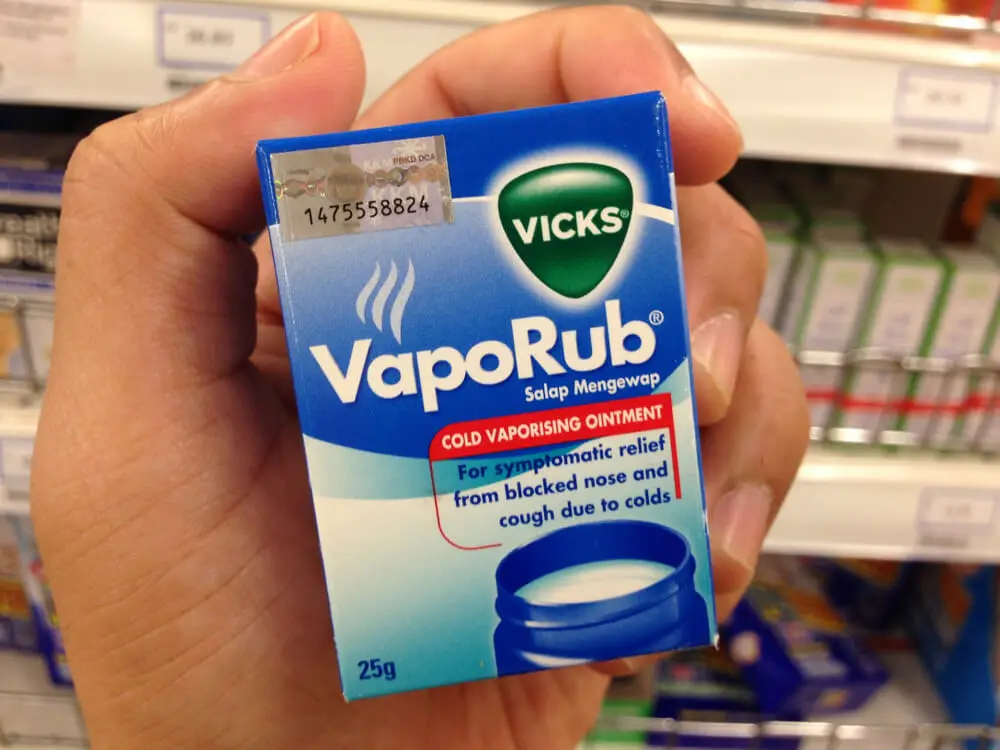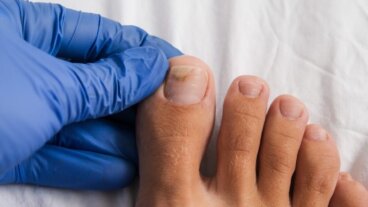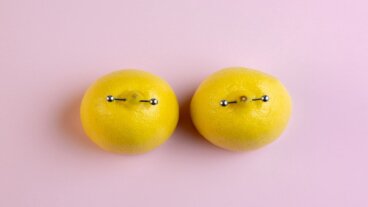What is the Substance that Neymar Inhaled in the Last Match of Qatar 2022?


Written and verified by the doctor Leonardo Biolatto
In the round of 16 matches of Qatar 2022 in which Brazil and South Korea faced each other, there was a South American victory. However, more than the goals, a video went viral of Neymar inhaling a substance that his teammate Casemiro offered him.
Of course, this can’t be an illegal product or at odds with sports anti-doping rules. No athlete would use a banned drug or ointment in the middle of a match, and even less so with the possibility of being caught on camera.
Because Neymar was returning from an injury that prevented him from ending up playing as a starter in the group stage, there was talk that the substance could be related to his recovery. However, the real explanation is simpler, and we’ll tell you all about it here.
What was the image that caused controversy?
Before the start of the match between Brazil and South Korea, Casemiro approached Neymar and touched his nose. Then he hugged him.
The multiple cameras installed in the stadium captured the sequence and it didn’t take long for the moment to go viral. Since it took place before the kick-off, suspicions were raised.
Then, in the second half, Casemiro again approached Neymar, checked his nose, and touched it again. This happened in the middle of a stoppage ball that Brazil had to move.
According to what transpired later, it was not only Neymar who used this substance to inhale. Rafinha also took advantage of it.
In any case, Neymar’s media exposure was greater and it was even speculated that FIFA would request an anti-doping control of the PSG striker. What is certain is that the Brazilian was not summoned for a test by the official bodies and Brazil’s technical team has already formally clarified everything.
We think you may be interested in reading this, too: Lionel Messi’s Illnesses: The Truth About the Qatar 2022 World Champion
What is the substance that Neymar inhaled in the match?
Coach Zé Mario Campeiz clarified that the substance that Neymar and Raphinha inhaled is a decongestant in the form of an ointment. This is similar to what many parents use with their children when they have a cold before going to sleep, for example.
In fact, this isn’t the first time the same method has been used. Already in Russia 2018, there had been a similar controversy because of similar scenes that the cameras had recorded.
Breathing better helps the recovery procedure. The better you can oxygenate the body, the faster it can recover. An athlete wears out more and takes longer to recover if the humidity is too high or too low. Mario Campeiz
The climatic conditions in Qatar were far from ideal for professional outdoor sports. The question of oxygenation of the players was therefore a problem for the medical corps.
The ointment used by Neymar would be a small help to clear the airways and facilitate the entry of air. It’s known that the percentage of humidity in the atmosphere is capable of modifying the dynamics of inhalation and exhalation. Even without having a cold, a player may find it difficult to breathe when running.
Decongestants are usually substances that reduce blood flow to the mucosa of the nose. To decongest is, in simple terms, to decrease the accumulation of liquids in certain areas.

Not all decongestants are legal in soccer
The substance used by Neymar is assumed to be licit because of its very widespread use. However, it must be understood that not all decongestants are allowed in professional soccer.
Many of the drugs marketed for this purpose have been banned in sports because they could stimulate performance by an ergogenic route. Such is the case of pseudoephedrine, which is common in multiple commercial over-the-counter cold remedies. The same applies to dimethylamylamine.
The problem in soccer is that the decongestants in cold medicines stimulate receptors called alpha-1 receptors. These receptors are related to blood vessel constriction. The decongestant thus limits blood flow to the mucosa of the nose.
However, the receptors are not just in the nose. The effect of these drugs can spread to other organs that have the same receptors. That is why caution is indicated in their use when the person is hypertensive – for example, as they could suffer an elevation of their blood pressure due to the systemic effect of the drug.

Could the substance that Neymar inhaled be ammonia?
Although Brazil’s medical staff and physical trainers have already said that the substance Neymar inhaled was a legal decongestant for soccer, rumors circulated that it may have been ammonia. Even so, this substance is also legal, but the substance is usually sniffed through absorbent cotton soaked in it.
There was controversy about this substance in Russia in 2018. Images of the Russian national team inhaling ammonia before matches raised questions among spectators.
This is a simple ammonia with which pieces of absorbent cotton are soaked and then inhaled. This is done by thousands of athletes to get a burst of energy. It has been used for decades. -Eduard Bezuglov, doctor of the Russian national soccer team, in 2018
Ammonia is not illegal when it comes to doping controls because there is no certainty that it’s truly effective in improving athletic performance.
In theory, inhalation irritates the respiratory mucosa and sends a signal to the nervous system to increase the body’s breathing rate. By breathing at a faster rate, the heart increases pumping to compensate and there would be a better distribution of blood to the muscles.
In other words, ammonia may trick the body into thinking it needs more oxygen and more blood faster. Boxers and professional weightlifters have been using it for decades.
However, there are many reservations about the safety of this chemical. Some scientific research has warned that ammonia could mask neurological conditions and delay timely care. This is especially the case for sports with the possibility of skull injuries.
Like this article? You may also like to read: The Influence of Sports Coaching on the Performance of Federico Valverde
Neymar continues and Brazil continues
Neymar recently resumed soccer activity in the round of 16 after his ankle entorsis. The controversy over the substance he inhaled will not go any further because it seems clear that it’s a legal practice. His performance on the field will tell us if the Brazilian players have been able to counteract the challenging climate in Qatar, with or without ointments.
All cited sources were thoroughly reviewed by our team to ensure their quality, reliability, currency, and validity. The bibliography of this article was considered reliable and of academic or scientific accuracy.
- de Oca Porto, Rodny Montes, Teresa Correa Vidal, and Mario Granda Fraga. “Las efedrinas como estimulantes del sistema nervioso central y su implicación en el deporte.” Revista Cubana de Medicina del Deporte y la Cultura Física 4.1 (2020).
- Martínez, Franchek Drobnic. “Síntomas de vías respiratorias altas y normativa antidopaje de 2010. La pseudoefedrina: camino de ida y vuelta.” Apunts: Medicina de l’esport 45.167 (2010): 11.
- McCrory P. Smelling salts. Br J Sports Med. 2006 Aug;40(8):659-60. doi: 10.1136/bjsm.2006.029710. PMID: 16864561; PMCID: PMC2579444.
- Sofotasiou, Polytimi, Benjamin Richard Hughes, and John Kaiser Calautit. “Qatar 2022: Facing the FIFA World Cup climatic and legacy challenges.” Sustainable cities and society 14 (2015): 16-30.
This text is provided for informational purposes only and does not replace consultation with a professional. If in doubt, consult your specialist.








